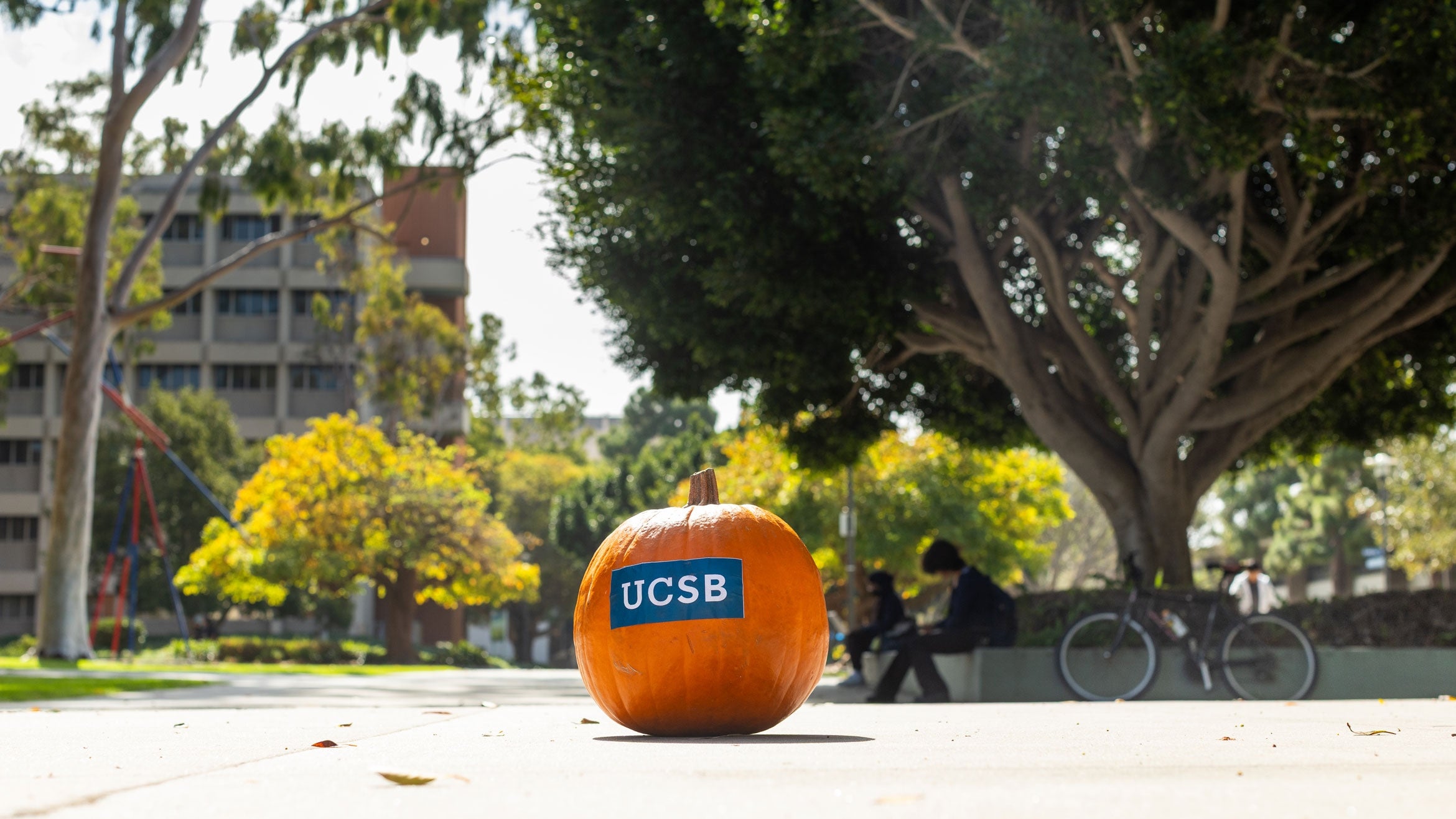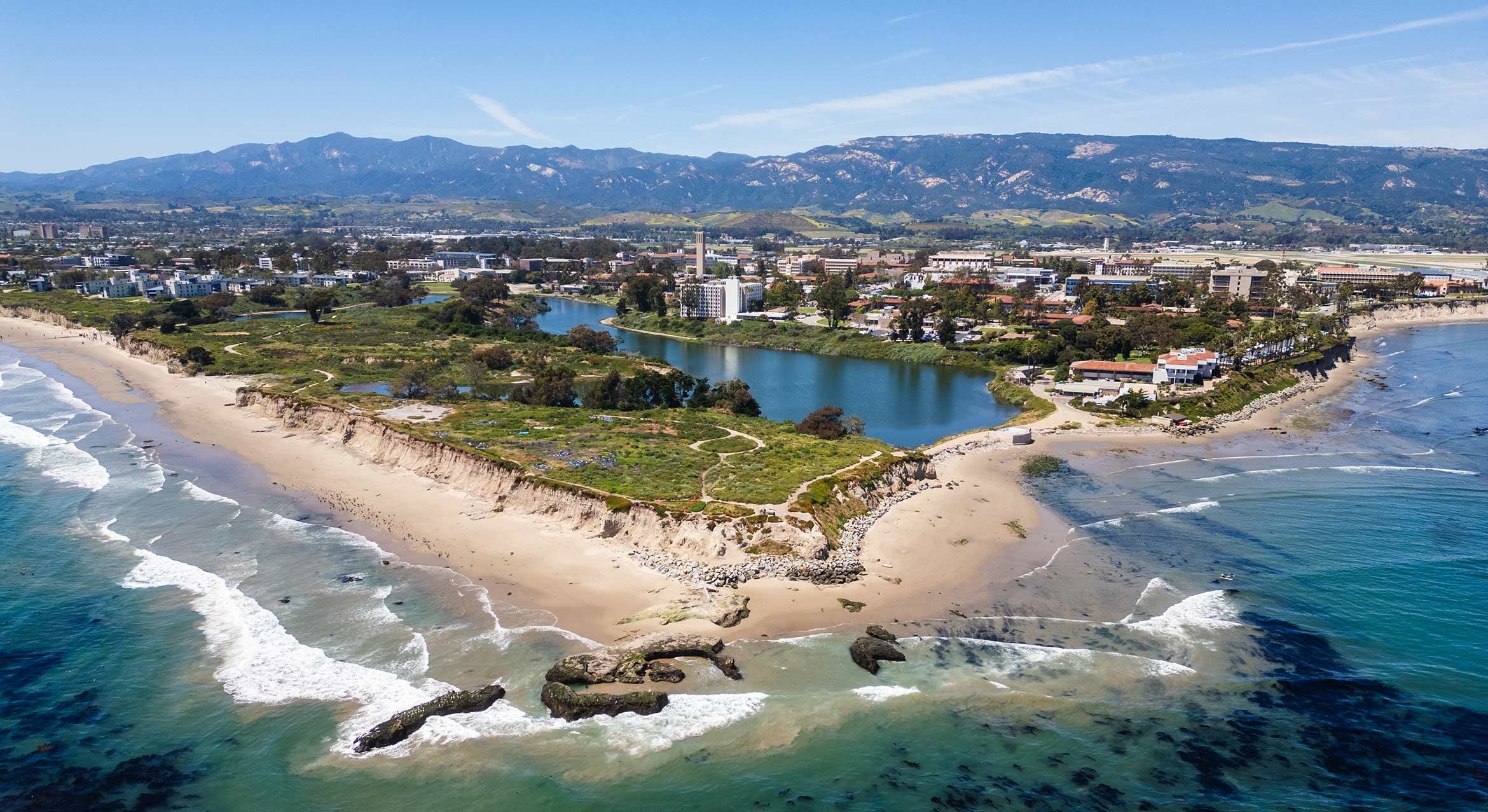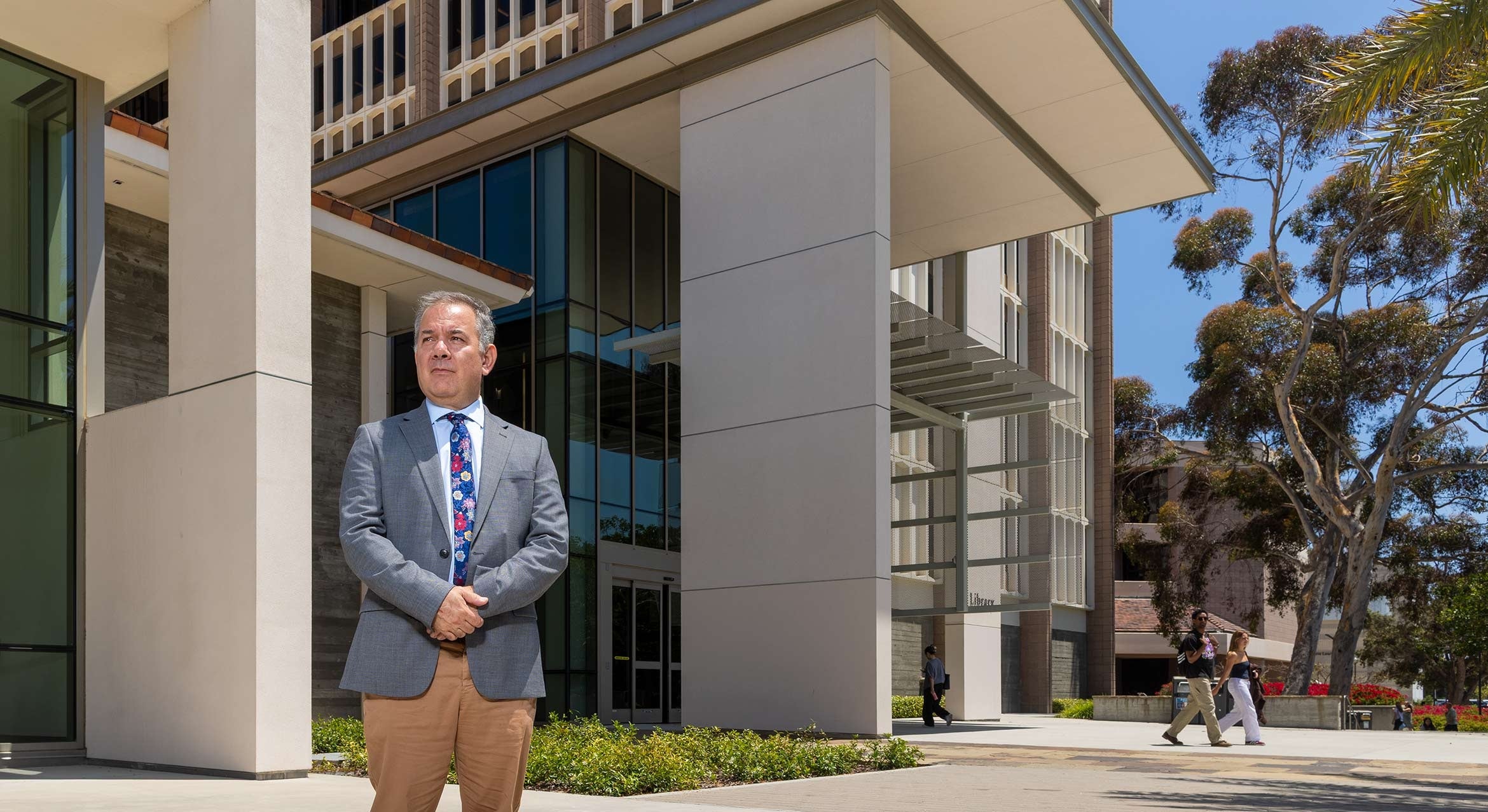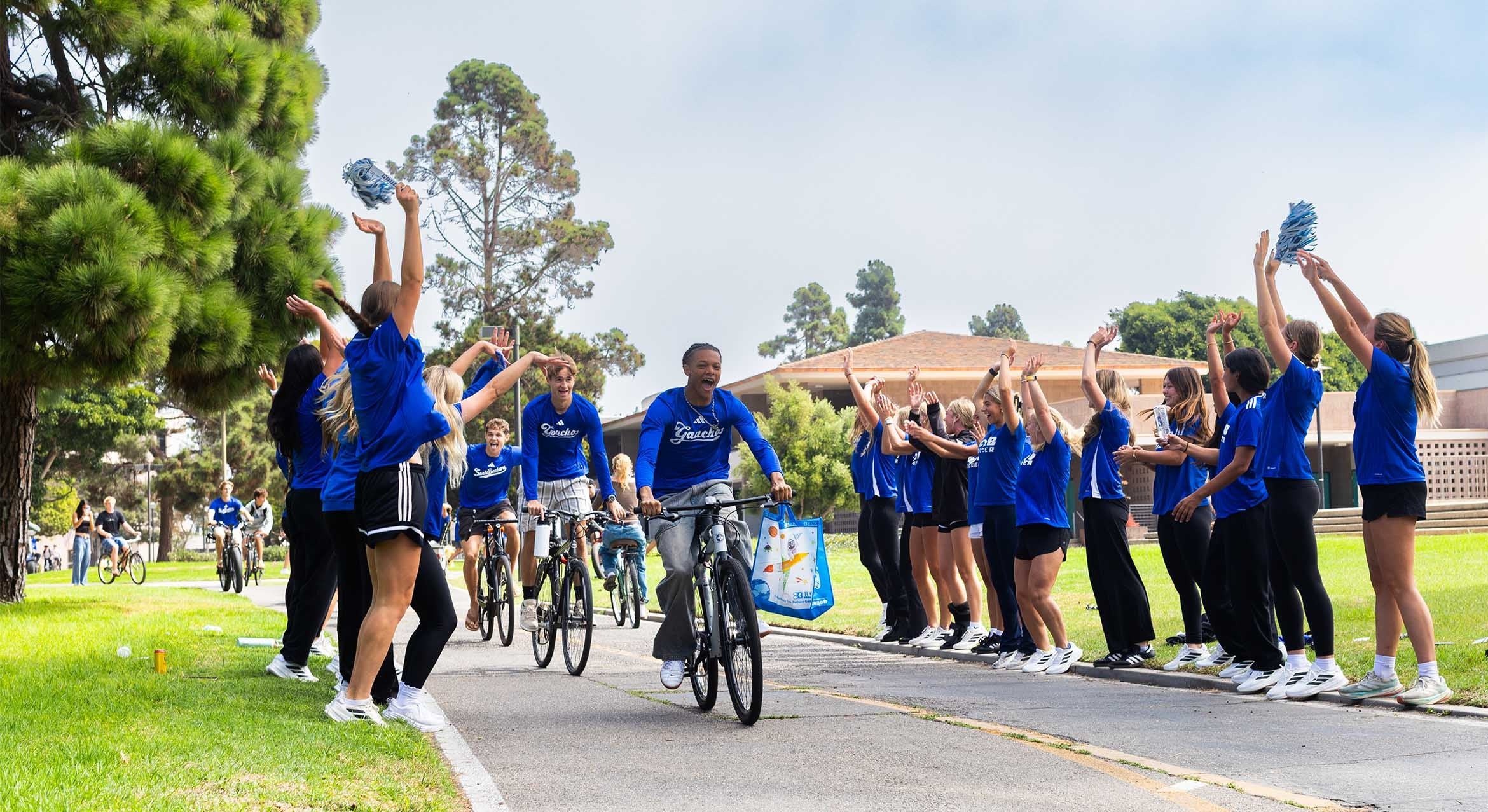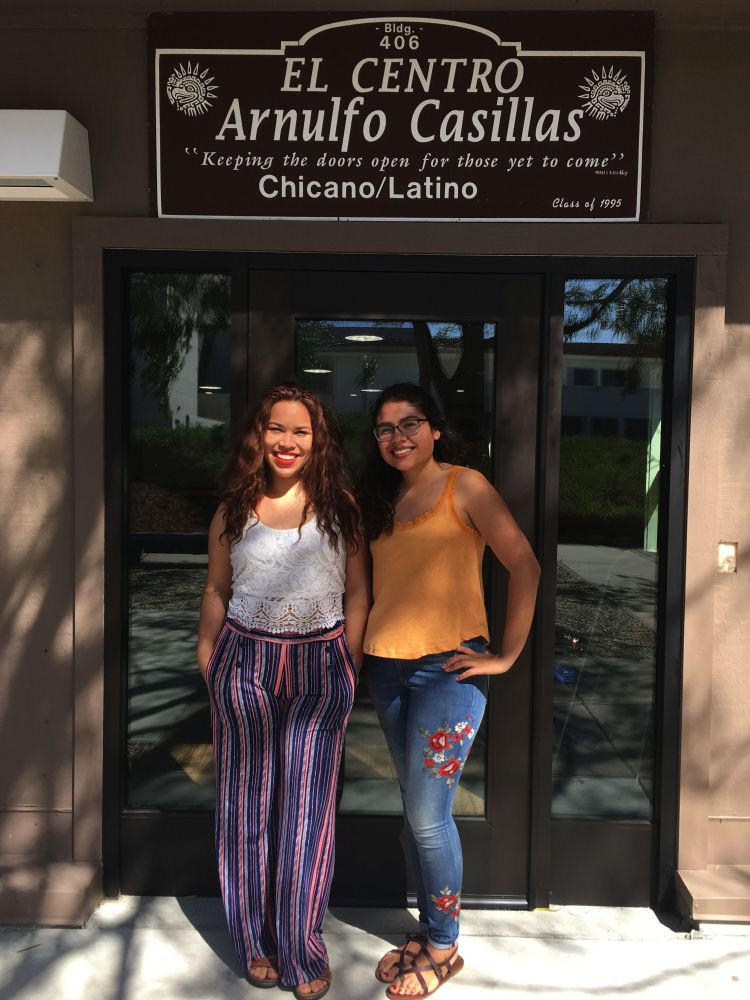
A Legacy of Community, Pride
Few buildings at UC Santa Barbara are as deeply enmeshed in the fabric of student life as El Centro Arnulfo Casillas. The center of the Chicana and Chicano experience on the campus for 40 years, it has served as a refuge for generations of students as the university grew into one of the nation’s top Hispanic-Serving Institutions.
“El Centro has been a nurturing place for students, especially those of Chicano/a and Latino/a ancestry,” said Maria Herrera Sobek, professor of Chicano and Chicana Studies, and associate vice chancellor for diversity equity and academic policy. “It is a welcoming, warm place where you can meet students, talk to them and feel ‘at home.’ ”
Said UCSB Chancellor Henry T. Yang, “For more than four decades, El Centro has remained a vibrant and integral part of our campus. Generations of students have passed through its doors, finding in El Centro a warm and welcoming environment that celebrates culture, diversity and community. I am grateful to our students, alumni, faculty and staff who have given so much of themselves to create this historic space.” He added, “I have visited El Centro regularly, getting to know our students and connecting through them with our alumni as well. I am so pleased that this home of tradition, culture and scholarship has been renovated and well preserved.”
The evolution of El Centro Arnulfo Casillas — it was named for a beloved educator and activist in the 1990s — reflects the progression of the Chicano/Chicana movement. El Centro took shape in the heat of the late 1960s, when activists of el movimiento were advocating for the creation of Chicano/Chicana studies in universities.
In fact, the movement’s blend of intellectual rigor and activism produced one of the most influential documents of the era, “El Plan de Santa Barbara.” Drafted at UCSB in 1969 by faculty, students and others from across the UC system, it was a 155-page manifesto and detailed blueprint for a Chicano/Chicana studies program. Months after its release El Centro, Chicano Studies and the Educational Opportunity Program were established at UCSB; all were housed in Building 406.
Bill Villa, who came to UCSB in 1968 as an EOP counselor responsible for recruiting Latino students to campus, played a role in both “El Plan” and the founding of El Centro. He said the campus climate was “revolutionary” and ripe to address the needs of Chicano students.
“We took the goals of university — teaching, research, public service — and we designed a proposal that would attempt to do this from a Chicano perspective,” said Villa, who would become director of admissions and retire after 32 years on campus. The university green-lighted Chicano studies and El Centro within six months.
The speed with which they were approved was remarkable, said Gerardo Aldana, professor and chair of the Chicano and Chicana studies department.
“El Centro is of historic significance to the department and to the state of California in that it was the home of the first Department of Chicana/o Studies in the UC system,” he explained. “There were ‘programs’ in Chicano Studies, or ethnic studies, but the first official department was here at UCSB. So the shaping of Chicana/o studies as a field of inquiry was significantly influenced by students at UCSB and the campus itself.”
Yolanda García, who retired as UCSB’s assistant vice chancellor of student academic support services in 2014, after 38 years at the university, was one of the few Latina students on campus in 1969 and fought to establish El Centro.
“It was important to me as a student, because it said that we had a place of recognition,” García said. “There were so few of us. EOP was housed with international students. What an incredible statement. It said that we were foreigners on our campus. For me, it was a powerful message. My dad was a World War II vet and his daughter didn’t fit at UCSB.”
El Centro became García’s base for interacting with the university. “Through my Centro experiences, as a first-gen I learned how to be a university student,” she said. “It was a place that valued my culture and gave me a home. For others, it may have had a different significance, but I would not be surprised to know that it continues as a home respecting our culture and contributions.”
That sense of community has indeed continued — even flourished — into the present. El Centro remains a place where students can gather in a comfortable, nurturing environment.
“It’s pretty much one of the only places on campus that I feel like I connect with the people on a personal and cultural level,” said Dulce Gonzalez, a third-year sociology major who was studying at El Centro with a friend. “It’s just a nice spot to do homework and make friends and hang out. Yeah, it feels like a little second home.”
Gonzalez and her friend, third-year sociology and Chicano studies major Paola Martinez, are both first-generation students. “A lot of us are first-gen, so we really get to lean on each other for community,” Martinez said. “We’re all kind of figuring it out together.”
As steadying as it’s been over the 40 years, El Centro has seen a major change: Building 406 underwent a complete top-to-bottom renovation in the past year after inspectors discovered that time and the elements had rendered it unsafe. The building consists of a two-story structure built in 1948 as barracks when the land was used for a Marine Corps Air Station. A single-story trailer was attached to the old barracks in 1977.
In response to the safety concerns expressed by the inspectors, the facilities team proposed razing the structure and replacing it with a new building. But they quickly discovered El Centro is not just another relic from the campus’s Marine Corps days. Students strongly objected to the idea and insisted the building be saved.
Shahryar Mooraj, a fourth-year physics and mathematical sciences double major, was involved in negotiations with campus officials on the fate the building, which also is used as a gathering place for several other cultural organizations.
“El Centro has been an important space for me from the moment I started at UCSB,” he said. “It was the first place on campus where I felt I was fully accepted. Over my time at UCSB I saw students from every background come together around many different issues. As I began to get to know the students in the space I also began to know the history of El Centro and how students have fought for the space at every turn.”
And fight they did. When the university offered another space elsewhere on campus, the students rejected it. After months of negotiations the university agreed to restore El Centro. Work began early in 2017 and was largely completed by the start of winter quarter this year. As part of the renovation, multiple interior murals from the original building were salvaged and painstakingly reinstalled. The building is again a clean, well-lighted place of community and service.
“The process of refurbishment was challenging,” Aldana said, “but students, staff and the administration rose to the occasion. El Centro is now a testament to the history of student-scholar activism at UCSB, as well as a space equipped to push scholar activism into the future.”
